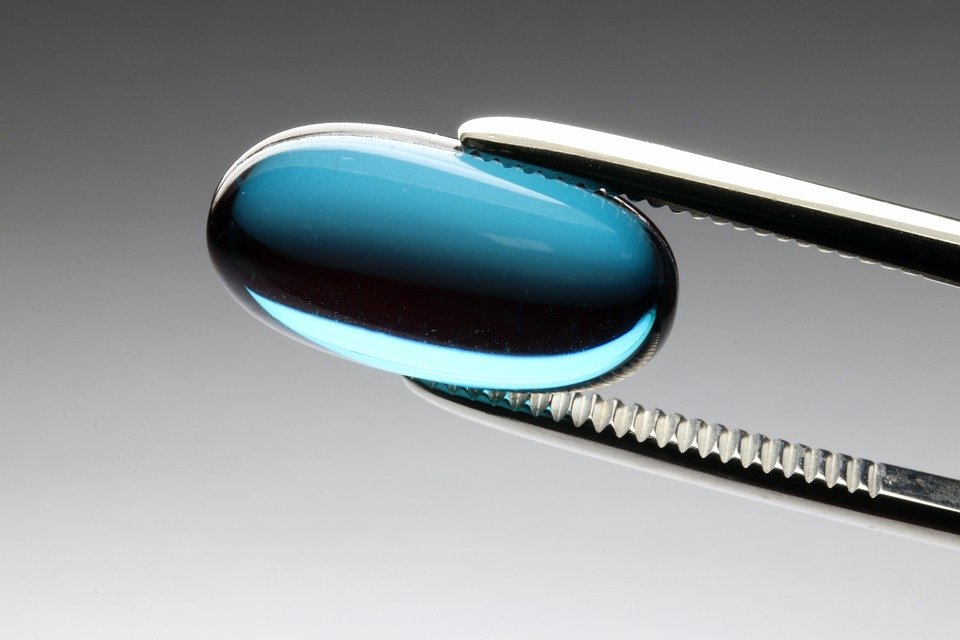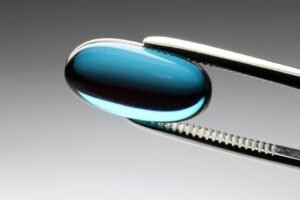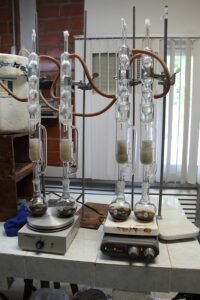The latest medical studies confirm the benefits of lycopene
Trying to keep up with everything new in the world of cosmetics is a daunting task, to say the least. Consumers who have done their homework know that lycopene is the most effective and proven anti-oxidant available for topical use. It can significantly reduce damage from the sun’s ultraviolet and infrared rays and may significantly reduce the risk of developing certain types of skin cancer. What is new, however, is information regarding the importance of how lycopene is formulated in cosmetics. Recently published data from the Department of Pharmaceutical Sciences at the Albany College of Pharmacy and Health Sciences in March 2010 indicates that not only is it important for skin health, but its delivery to the skin is critical. Lopes LB et al, reported that topical delivery of lycopene using microemulsions enhanced skin penetration and tissue antioxidant activity. Their study included lycopene in a microemulsion containing mono/diglycerides of capric and caprylic fatty acids.
An emulsion is a mixture of two liquids that normally do not mix. The emulsion contains small particles of a liquid (lycopene) suspended in another liquid. Emulsions are usually of a milky appearance. A classic example of an emulsion is oil and water. When mixed slowly with vigorous stirring, the liquids combine. However, when the stirring stops, the emulsion disintegrates as the two liquids separate. This is an example of an unstable emulsion. Stable emulsions can be formed from two liquids when an emulsifier is used. These emulsions do not separate after a change in conditions such as temperature or over time and are typical of cosmetic creams.
When lycopene is mixed with capric/caprylic fatty acids and mixed with an ultrasonic mixer, the particle size can be reduced to a small diameter in the range of 30-40nm, thus a micro-emulsion. The creation of this micro-emulsion significantly increases the penetration of lycopene into the stratum corneum. Sometimes fine particles are suspended in bioactive liquids such as wheat ceramides. This type of microemulsion is referred to as a serousome. When formulated this way, you not only get the antioxidant activity of lycopene but the added benefit of ceramides which play a role in increasing the production of tissue collagen and elastin improving skin tone and elasticity.
Obviously, not all antioxidant creams are created equal. There are many antioxidant skin creams on the market. In order to choose the best product available, the consumer should have as much information as possible available about a particular skin cream. Ingredients alone don’t always tell the full story.














Post Comment